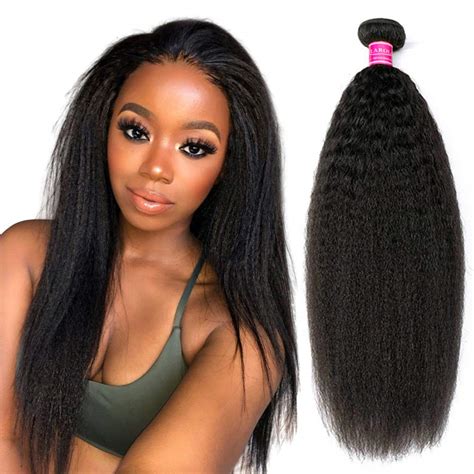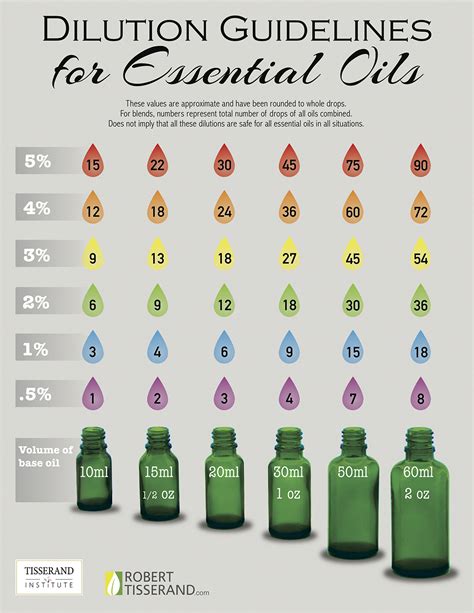Essential oils, extracted from plants, are highly concentrated and can cause skin irritation or allergic reactions when applied directly. To safely use these potent oils, it is crucial to dilute them with a suitable carrier oil.

What is a Carrier Oil?
Carrier oils are vegetable-based oils that act as a medium for essential oils, diluting them to reduce their potency and make them safe for topical application. They also nourish and moisturize the skin, enhancing the therapeutic benefits of essential oils.
Types of Carrier Oils and Their Benefits
There are numerous carrier oils available, each with unique properties and benefits. Here’s a brief overview:
| Carrier Oil | Benefits |
|---|---|
| Jojoba Oil | Non-comedogenic, mimics skin’s sebum, balances oil production |
| Sweet Almond Oil | Rich in vitamins A, E, and fatty acids, nourishes and softens skin |
| Coconut Oil | Antibacterial, antifungal, and moisturizing, suitable for dry and sensitive skin |
| Argan Oil | Rich in antioxidants and vitamin E, protects skin from environmental damage |
| Grapeseed Oil | Lightweight and high in linoleic acid, reduces inflammation and improves skin elasticity |
| Avocado Oil | Rich in vitamins, minerals, and fatty acids, nourishes and regenerates damaged skin |
| Olive Oil | Contains antioxidants and squalene, moisturizes and protects skin from premature aging |
Blending Essential Oils with Carrier Oils
The ratio of essential oil to carrier oil depends on the desired application. For topical use, a general guideline is to use 2-3 drops of essential oil per 1 teaspoon of carrier oil. For diffusing, add 5-10 drops of essential oil to 100ml of water in a diffuser.
Determining the Right Carrier Oil
The best carrier oil for you depends on your skin type, personal preference, and the essential oil you’re using. Here are some tips:
For Sensitive Skin: Choose jojoba oil, sweet almond oil, or fractionated coconut oil, as they are less likely to cause irritation.
For Dry Skin: Opt for argan oil, avocado oil, or olive oil, which are highly moisturizing and nourishing.
For Oily Skin: Go for grapeseed oil, jojoba oil, or coconut oil, which help regulate oil production and prevent breakouts.
Creative Applications for Blending
Beyond personal care, there are countless creative ways to use the blending of essential oils and carrier oils:
DIY Cleaning Products: Blend essential oils with carrier oils to create natural cleaning solutions, such as floor cleaner, window cleaner, and disinfectant spray.
Aromatherapy Candles: Add essential oils and carrier oils to soy wax or beeswax to make soothing and invigorating aromatherapy candles.
Homemade Soaps: Use essential oils and carrier oils to craft unique, fragrant soaps that cleanse and nourish your skin.
Room Sprays: Blend essential oils with carrier oils in a spray bottle with water to create refreshing and aromatic room sprays.
Tables for Reference
Table 1: Recommended Essential Oil to Carrier Oil Ratios
| Use | Ratio |
|---|---|
| Topical Application | 2-3 drops essential oil per 1 teaspoon carrier oil |
| Diffusion | 5-10 drops essential oil per 100ml water |
| Compresses | 10-15 drops essential oil per 1 cup carrier oil |
| Baths | 10-20 drops essential oil per 1 cup carrier oil |
Table 2: Benefits of Common Carrier Oils
| Carrier Oil | Benefits |
|---|---|
| Jojoba Oil | Non-comedogenic, balances skin’s sebum, anti-inflammatory |
| Sweet Almond Oil | Nourishes and softens skin, rich in vitamin E and fatty acids |
| Coconut Oil | Antibacterial, antifungal, and moisturizing, suitable for dry and sensitive skin |
| Argan Oil | Protects skin from environmental damage, rich in antioxidants and vitamin E |
| Grapeseed Oil | Reduces inflammation and improves skin elasticity, high in linoleic acid |
Table 3: Tips for Choosing the Right Carrier Oil
| Skin Type | Recommended Carrier Oil |
|---|---|
| Sensitive Skin | Jojoba oil, sweet almond oil, fractionated coconut oil |
| Dry Skin | Argan oil, avocado oil, olive oil |
| Oily Skin | Grapeseed oil, jojoba oil, coconut oil |
Table 4: Creative Applications for Blending
| Application | Blend |
|---|---|
| DIY Cleaning Products | Essential oils (e.g., lemon, tea tree) with carrier oil (e.g., grapeseed oil) |
| Aromatherapy Candles | Essential oils (e.g., lavender, eucalyptus) with carrier oil (e.g., soy wax) |
| Homemade Soaps | Essential oils (e.g., rosemary, geranium) with carrier oil (e.g., coconut oil) |
| Room Sprays | Essential oils (e.g., peppermint, orange) with carrier oil (e.g., water) |
